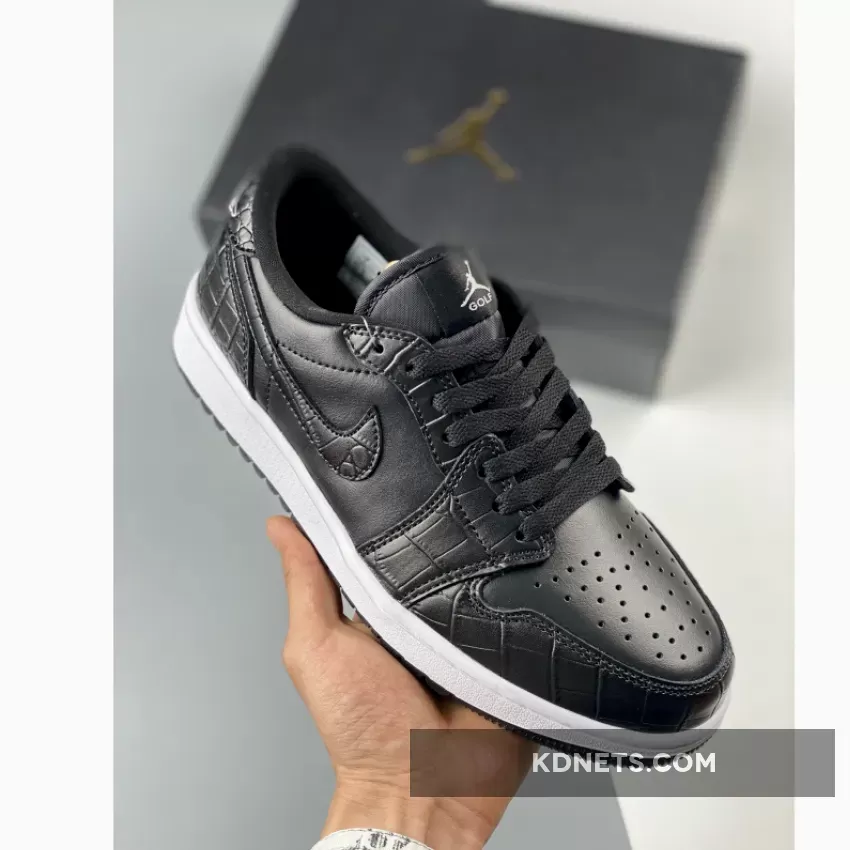When it comes to sneaker culture, few brands evoke as much passion and debate as Michael Jordan’s iconic Air Jordan line. With new colorways and designs released regularly, collectors and enthusiasts alike are always on the lookout for rare and limited-edition pairs. However, with great demand comes the risk of counterfeits – fake shoes that can deceive even the most discerning eye.
As you scour online marketplaces, sneaker forums, and local stores for your next prized possession, it’s essential to develop a keen sense of what sets authentic Air Jordan 1s apart from their synthetic counterparts. In this post, we’ll delve into the world of fake Jordans, exploring common red flags, tips for spotting fakes, and some valuable advice on how to ensure you’re purchasing a genuine pair.
Common Red Flags:
Before we dive into the specifics, let’s cover some general warning signs that may indicate your Air Jordan 1s are not quite what they seem:
- Unbelievably low prices: If a deal seems too good to be true, it probably is.
- Poor packaging: Authentic shoes come with sturdy boxes and secure wrapping.
- Lack of documentation: Reputable sellers will provide proof of authenticity or receipts.
Visual Inspection:
When examining your potential new kicks, keep an eye out for the following visual cues that may indicate a fake:
- Discrepancies in lettering: Pay attention to the thickness and clarity of the “Air Jordan” logo. Fakes often have thinner, less defined letters.
- Misaligned or blurry logos: The wings should be symmetrical and clear; if they appear wobbly or distorted, it might be a fake.
- Poor stitching or uneven seams: Authentic shoes typically feature even, clean stitches.
Additional Clues:
Beyond the visual inspection, there are some additional factors to consider when evaluating your Air Jordan 1s:
- Weight: Genuine Jordans tend to have more substantial weight due to their high-quality materials and construction. Fakes might feel lighter.
- Smell: Real shoes often have a distinctive leather or rubber scent; if they smell strongly of chemicals, it could be a fake.
Tips for Spotting Fakes:
To increase your chances of purchasing authentic Air Jordan 1s, follow these tips:
- Buy from reputable sources: Stick to authorized retailers, online marketplaces with strong return policies, and trusted resellers.
- Check the sole: Genuine Jordans typically feature a distinctive Jumpman logo on the heel. Fake shoes might omit this detail or include it in an awkward placement.
- Inspect the materials: Real Air Jordan 1s often boast high-quality leather, mesh, or suede; if the materials seem cheap or flimsy, it’s likely a fake.
What to Do If You Suspect Your Jordans are Fake:
If you’re unsure about your shoes’ authenticity, don’t hesitate to take action:
- Contact the seller: Reach out to the retailer or reseller and ask for proof of authenticity, documentation, or a refund.
- Return the shoes: If the shoes were purchased online, initiate a return and report any suspicious activity.
Conclusion:
With these tips and tricks up your sleeve, you’ll be well-equipped to navigate the world of Air Jordan 1s with confidence. Remember to prioritize caution when purchasing new kicks, and don’t be afraid to ask questions or seek advice from fellow collectors and enthusiasts. By doing so, you’ll increase your chances of landing an authentic pair that’s sure to make your sneaker game unstoppable.
 CLICK HERE TO Buy : Where To Buy Jordan 1 Retro Low Golf Black Croc DD9315-003
CLICK HERE TO Buy : Where To Buy Jordan 1 Retro Low Golf Black Croc DD9315-003
